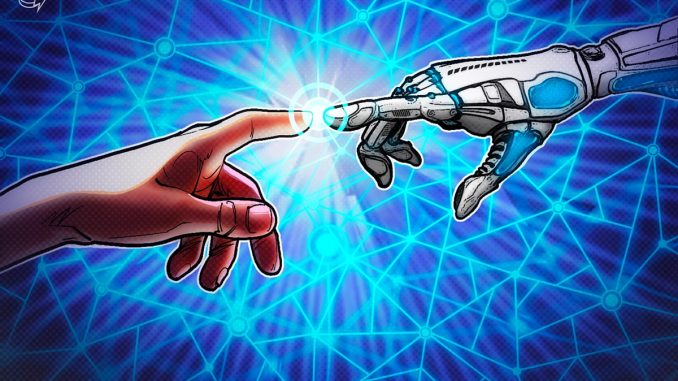
Humanoid robots are advanced robots that are designed to look and move like humans. They are often equipped with sensors and cameras that allow them to recognize human faces and emotions, respond to voice commands and carry out conversations. Humanoid robots can be programmed to perform a wide range of tasks, such as assisting humans in daily activities, working in manufacturing plants, providing healthcare services, and performing search and rescue operations in hazardous environments.
Compared to conventional robots, humanoid robots provide a number of benefits. One of their main advantages is that they can communicate with people in a more intuitive and natural way. They are, therefore, ideal for fields like education, healthcare and customer service, where human interaction is crucial.
Related: 10 emerging technologies in computer science that will shape the future
Humanoid robots have a lot of potential, but they are still in the early phases of development and have many obstacles to overcome. One of the biggest issues is their high price, which prevents many businesses and individuals from using them. Furthermore, the creation of humanoid robots demands highly developed engineering abilities as well as expertise in a variety of disciplines, including robotics, artificial intelligence and materials science.
Here are advanced humanoid robots in the world to know.
Atlas
Developed by Boston Dynamics, Atlas is a 1.8-meter-tall humanoid robot designed to perform tasks in rough terrain. It is capable of walking on uneven surfaces and can lift heavy weights. Its advanced capabilities enable it to navigate through difficult terrains and debris to locate and rescue people.
The Atlas robot is appropriate for use in industrial settings since it can move large objects and carry out jobs that are hazardous for people. It is capable of performing precise and accurate assembly lines, welding and painting jobs.
Asimo
Developed by Honda, Asimo is a humanoid robot that is designed to perform tasks like running, walking and climbing stairs. It has advanced sensors that allow it to navigate through complex environments.

Asimo has been used extensively in the fields of research, education and engineering to study human physiology, robotics engineering and human-robot interaction. Researchers now have a better understanding of how to create robots that interact with people in a more intuitive and natural way.
Pepper
Developed by SoftBank Robotics, Pepper is a social humanoid robot that is designed to interact with people. It has a range of sensors that allow it to understand human emotions and respond accordingly.

It is being used in customer service settings, such as retail stores and hotels. They can assist customers with tasks such as product information, booking services and providing recommendations.
Related: 7 modern technology examples that don’t need electricity
Sophia
Sophia is a humanoid robot created by Hanson Robotics with the intention of interacting with people. Because of its sophisticated AI skills, it can comprehend normal language and reply appropriately.

Sophia has also been used for entertainment purposes, such as appearing on TV shows, interviews and even giving speeches in front of large audiences.
Nao
Developed by SoftBank Robotics, Nao is a humanoid robot that is designed for research and education purposes. It is equipped with sensors that allow it to navigate and interact with its environment.

T-HR3
The Toyota T-HR3 is a humanoid robot created to aid people in carrying out duties. It can move naturally and fluidly because of its cutting-edge sensors and control technologies.

iCub
Developed by the Italian Institute of Technology, iCub is a humanoid robot that is designed to learn and develop like a human child. It is equipped with sensors and cameras that allow it to interact with its environment and learn from its experiences.

Can blockchain be used in robotics?
In recent years, the field of robotics has seen significant advancements in both hardware and software. Interest in using blockchain technology in robotics has increased as a result of increasingly complex robotic systems.
Blockchain is a decentralized, secure and open-source ledger system that has mostly been used in the financial sector for cryptocurrency transactions. Blockchain’s potential applications, though, go far beyond the financial industry. Blockchain technology has a number of uses in the robotics industry, including supply chain management, data management, markets and decentralized robotics networks.
Robotics businesses may strengthen the security and transparency of their systems, lower costs, and operate more effectively by utilizing blockchain. Furthermore, the integration of blockchain with robots has the potential to open up hitherto new applications and economic models. It is anticipated that blockchain technology will become more widely used in the robotics industry as the field develops.
NFT Creator: Creating ‘organic’ generative art from robotic algorithms: Emily Xie





Be the first to comment